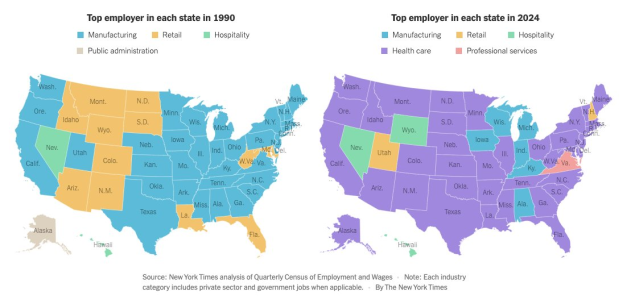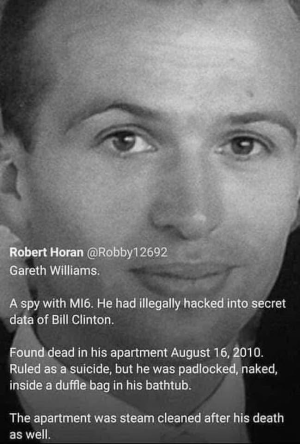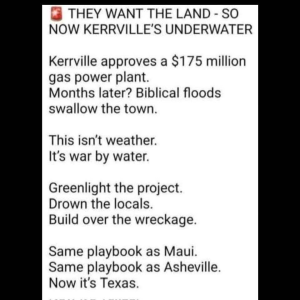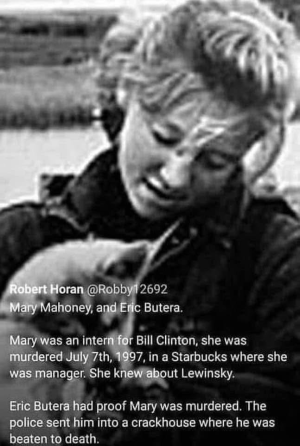-
Pat Flood (@rebarcock) passed away 9/21/25. Pat played a huge role in encouraging the devolopmemt of this site and donated the very first dollar to get it started. Check the thread at the top of the board for the obituary and please feel free to pay your respects there. I am going to get all the content from that thread over to his family so they can see how many people really cared for Pat outside of what they ever knew. Pat loved to tell stories and always wanted everyone else to tell stories. I think a great way we can honor Pat is to tell a story in his thread (also pinned at the top of the board).
You are using an out of date browser. It may not display this or other websites correctly.
You should upgrade or use an alternative browser.
You should upgrade or use an alternative browser.
Master Thread Dance Your Cares Away/Fraggle/Law Abiding Citizens
- Thread starter Bryan74b
- Start date
Master Threads
Give that dr immunity from anything he says and the ability to plead the 5th is gone.
I thought that would be handled by the military. Are you saying our military is corrupt?To be tried in corrupt courts and everyone gets off Scott free...?
Double indemnity: Can't be tried for the same crime twice.
A JAP and a black tranny walk into a bar........
Mr Wizard dispelled the notion of rising sea levels years ago. This is seriously one of the best videos to show the climate idiots.I thought the whole concept of global warming was the seas would rise but the water would be undrinkable and the rest of the world would fry and be unable to grow food due to constant cover of pollution of chemicals. Not that we'd drown.

Fired doctor grovels after her foul post suggesting flood victims were Trump supporters who got ‘what they voted for’ sparked outrage
The pediatrician who claimed the Texas flood victims were Trump supporters who got “what they voted for” has issued a groveling apology after being canceled and fired.

Haha Ukraine
Go Russia!!!
You can watch youtube videos of Ukraine people making claims about Ukraine gains and pretty much assume that Russia did that last week and they need to respond. Just saw a Ukr shill channel say that they blew up all the ammo for an entire area of the front because the Russian were too stupid to not keep it all in one big pile.
The left is just absolutely a mess right now, no leadership, doesn't appear anyone with gravitas wants to lead.
Tim Pool showed an article from the Atlantic saying that most congressmen felt pressure from their base to commit violence. They didn't think talk was enough and want blood.
ShaolinNole
Legendary
You not only get the wife you get the whole family.
I'm your Huckleberry
The guy who went to prison for the Hillary vote meme has won on appeal. They blast Biden doj

 www.breitbart.com
www.breitbart.com

Douglass Mackey’s Conviction for ‘Vote‑by‑text’ Joke Overturned
The Second Circuit Court of Appeals has overturned the criminal conviction of conservative meme-maker Douglass Mackey.
Last edited:
Mr Wizard dispelled the notion of rising sea levels years ago. This is seriously one of the best videos to show the climate idiots.
It was bogus from the start but the rising seas was a key component of their mantra.
Guess the biggest welfare queen/king in USA
Is there anything worse than the deep-thinking black person?
Horses and cheetahs are great for understanding why we use "horsepower" for cars instead of "cheetah power." Horses are like car engines: they deliver steady, reliable pulling power (torque) that’s perfect for consistent work, like hauling a carriage with four people through city traffic. Each extra horse roughly doubles the pulling strength, so two horses can handle stop-and-go driving without much strain.
Cheetahs, on the other hand, are built for speed, not endurance. They’re the fastest animals on land, but their strength (torque) fades quickly. It might take four or five cheetahs to match the pulling power of one horse, and even then, they’d be exhausted after a few minutes of starting and stopping. Cars need that horse-like torque to accelerate from a stop or climb hills, not just cheetah-like speed for cruising. That’s why "horsepower" describes a car’s ability to do work over time, not just hit top speed.
Hope this helps
Military tribunals are the only way these corrupt politicians can be taken down.I thought that would be handled by the military. Are you saying our military is corrupt?
Wouldn’t they just kill him if that happened?Give that dr immunity from anything he says and the ability to plead the 5th is gone.
dirtytoeddawg
Legendary
Ammo
lol fuck that dumb bitch
The term “horsepower” was coined by Scottish engineer James Watt in the late 18th century as a marketing tool to help sell his improved steam engines.Horses and cheetahs are great for understanding why we use "horsepower" for cars instead of "cheetah power." Horses are like car engines: they deliver steady, reliable pulling power (torque) that’s perfect for consistent work, like hauling a carriage with four people through city traffic. Each extra horse roughly doubles the pulling strength, so two horses can handle stop-and-go driving without much strain.
Cheetahs, on the other hand, are built for speed, not endurance. They’re the fastest animals on land, but their strength (torque) fades quickly. It might take four or five cheetahs to match the pulling power of one horse, and even then, they’d be exhausted after a few minutes of starting and stopping. Cars need that horse-like torque to accelerate from a stop or climb hills, not just cheetah-like speed for cruising. That’s why "horsepower" describes a car’s ability to do work over time, not just hit top speed.
Hope this helps
Here’s how it originated:
- Watt needed a way to explain the power of his steam engine in terms that customers could understand—especially those who used horses for heavy work like pumping water or pulling loads.
- He observed that a typical draft horse could turn a mill wheel of a certain size and resistance about 144 times in an hour, which he estimated to be equivalent to 550 foot-pounds per second, or 33,000 foot-pounds per minute.
- Based on this, Watt defined one horsepower as the ability to do 33,000 foot-pounds of work per minute.
Yeah, I think it’s best that nothing’s done, that way they don’t get off Scott free. Gotta wait til the courts cleansing is completed. Where we at with that.To be tried in corrupt courts and everyone gets off Scott free...?
Double indemnity: Can't be tried for the same crime twice.
Last edited:
Similar threads
- Replies
- 13
- Views
- 428
- Replies
- 0
- Views
- 2K
- Replies
- 56
- Views
- 4K
- Replies
- 113
- Views
- 9K










